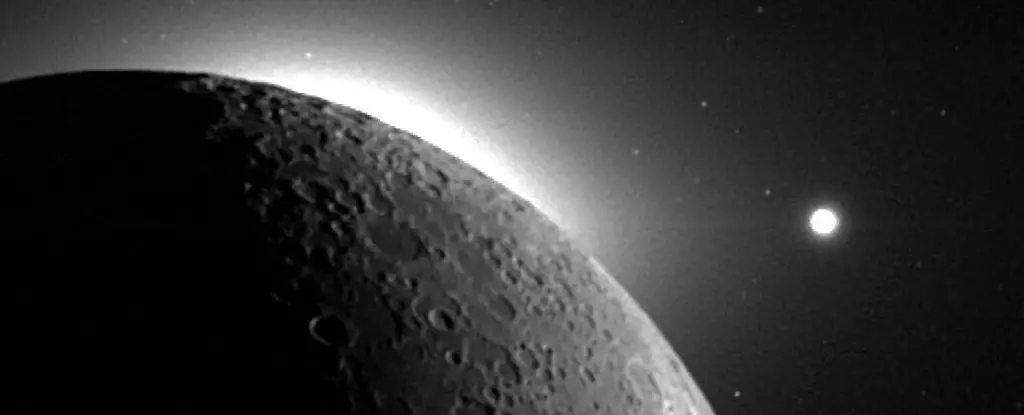The relationship between Earth and its Moon has captivated scientists and enthusiasts alike for centuries. Unlike any other planetary system in our solar neighborhood, Earth boasts a singular, large satellite that shares a remarkable kinship in geological composition. While the widely-accepted theory has posited that the Moon either originated from debris formed through a colossal impact with Earth or formed concurrently with our planet, a new perspective invites us to explore the potential for different routes to lunar existence. This article delves into the evolving theories of the Moon’s origin and the implications they carry for our understanding of planetary formation.
The Earth-Moon dynamic is distinct when compared with other celestial bodies. While many planets have multiple moons, others are devoid of them entirely, establishing our Moon as an anomaly. This peculiarity extends not only to its size relative to Earth but also raises profound questions about how our natural satellite came into being. Recent research led by astrophysicists Darren Williams and Michael Zugger challenges traditional assumptions, presenting an alternative hypothesis that invites us to acknowledge the possibility of the Moon having an ‘adopted’ status.
The prevailing Giant Impact Hypothesis has long provided a cohesive explanation for the Moon’s mineral alignment with Earth. According to this scenario, a sizable celestial entity collided with Earth, ejecting materials that coalesced to form our Moon. However, compelling evidence indicates that the Moon’s composition is closely linked to Earth, inviting speculation over whether they share a common birthplace in the primordial solar nebula or a vaporized corporeal form known as synestia.
The intriguing notion of gravitational capture emerges as a plausible explanation as well. In this orchestration, two celestial bodies with established gravitational ties pass in proximity to a third body, resulting in a gravitational binding that secures one of the original pair. Such scenarios are not imaginary; they have precedence in the cosmic theater, notably in the case of Triton, Neptune’s moon, which has a retrograde orbit suggestive of a capture from the Kuiper Belt.
In their study, Williams and Zugger applied mathematical modeling to examine whether Earth could have captured the Moon effectively, leading to a stable orbital configuration. Surprisingly, their calculations suggest that not only could Earth have gravitationally ensnared a lunar-sized body, but it could have also clinched considerably larger objects. Although these larger captures would have been unstable, a more moderate object’s elliptical orbit—such as that of the Moon—might explain its gradual transition into the circular path we observe today.
However, the quest for validation does not come without reservations. The substantial similarities in isotopes and minerals found on both Earth and the Moon lean towards supporting the idea that both bodies have an intrinsic, closely linked history rather than confirming a capture hypothesis. As such, while gravitational capture provides an additional narrative avenue for exploration, many unanswered questions still loom.
Despite ongoing debates about the exact origins of the Moon, the implications of these research findings extend far beyond understanding our own planet. The theories surrounding lunar formation can inform our comprehension of moon dynamics across the universe, offering vital insights into potential exoplanet systems. As we seek habitable worlds beyond our own, knowledge about moon formation processes can provide keys to understanding which conditions may allow for life as we know it.
The Moon is considered instrumental in sustaining life on Earth, having affected everything from tides to climate stability. Recognizing how moons might develop around other planets deepens our grasp of where we might discover life-sustaining environments in the Milky Way and beyond. Williams aptly summarized the growing complexity of lunar origins by remarking that the question remains open, with expanded parameters now including a second credible possibility.
The discourse on the origins of the Moon illustrates the ever-evolving nature of scientific inquiry. As we piece together the frameworks of planetary evolution, the interplay of historical, geological, and astronomical perspectives becomes increasingly rich and multifaceted. The exploration of alternative theories not only enriches our understanding of Earth’s celestial companion but also enhances our quest to unveil the myriad potential planetary configurations that populate our universe. As we delve deeper, we strike a chord that resonates through the ages, urging humanity to keep questioning the origins of not just the Moon, but the cosmos at large.


Leave a Reply